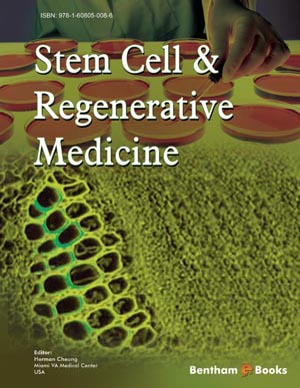Abstract
Mammalian stem cells can be obtained mostly at all developmental stages and from numerous anatomical sites. Human adult stem cells are perhaps the most clinically relevant. Due to their broader clinical use, extensive research, and a rather more comprehensive understanding of their physiology, bone marrow-derived cells appear as the first choice for applications in regenerative medicine. Models for addressing fundamental aspects of stem cell biology and behavior have been developed in numerous species including C. elegans, drosophila, rodents, and humans. Extensive research around the world has dramatically increased our understanding of the fundamental aspects of stem cell biology and their applications for the treatment of human and animal diseases. Numerous environmental and trophic factors have been identified to play central roles in regulating the self-renewal, proliferation, migration, differentiation, senescence, and death of stem cells, their derived progeny, and the final differentiated cells that perform all tissue and organ functions. Multipotent mesenchymal stromal cells, derived primarily from the bone marrow, have been examined extensively for their capacity to repair damaged tissues. Besides direct differentiation of the stem cells to the desired mature cell type, other indirect mechanisms have been identified to play important roles in the overall repair of the injured tissue. These included production of paracrine factors, modulation of the host inflammatory response, host cell survival, and recruitment and activation of host tissue stem cells.


















